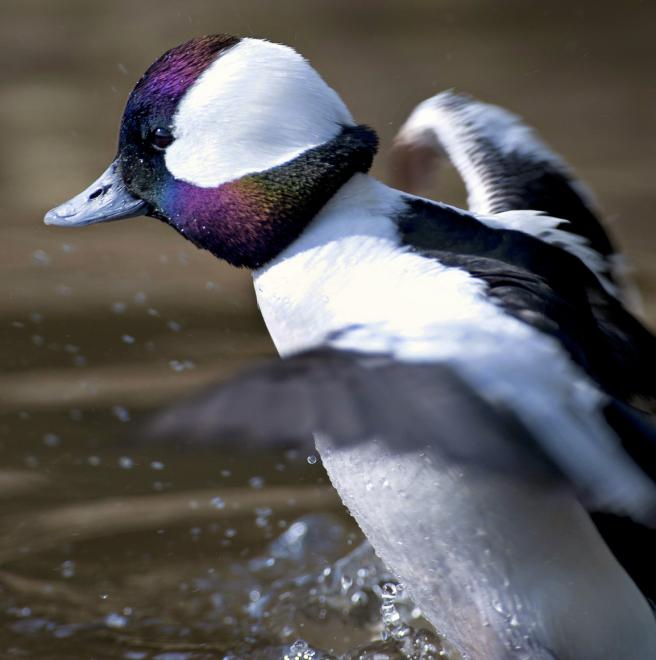

Our smallest diving duck, the incredibly cute little Bufflehead, nests only in tree cavities. As a result, it is missing as a breeding bird from areas north of tree line where, according to Audubon's climate model, the climate is otherwise suitable. The model shows a major decrease in available area in boreal forest of west-central Canada, currently the heart of the species’ breeding range; a lack of nesting sites may make it challenging for the Bufflehead to move into new areas farther north. Available winter area is likely to shift considerably northward by 2080, especially in the east.
Explore more birds threatened by climate change around the country.





















It's easier than you think to make a difference. Become an Audubon member today to help birds facing climate change.